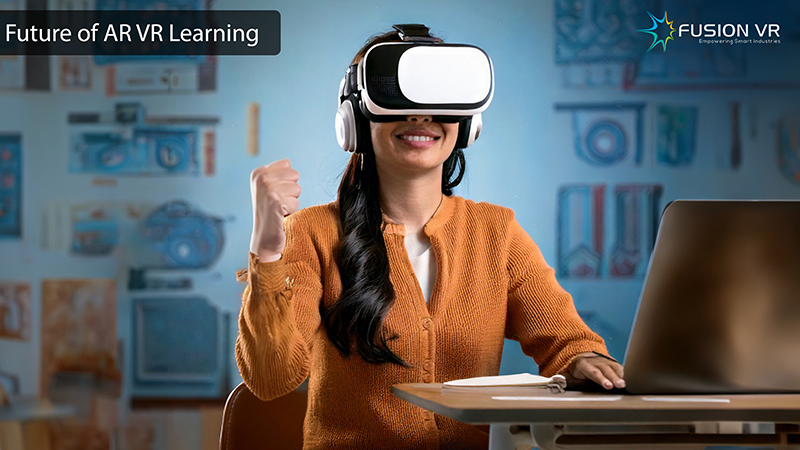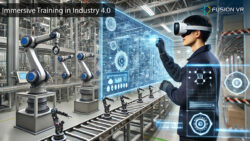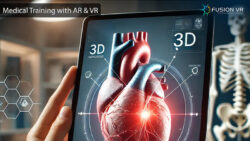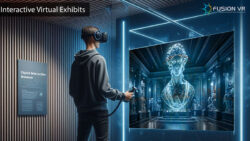The incorporation of cutting-edge technologies, like Augmented Reality (AR) and Virtual Reality (VR), is transforming how educational institutions prepare students for the demands of modern industries. The Industry-Academic Alliance Program is a revolutionary undertaking meant to bridge the gap between the academic and industrial worlds, thereby ensuring that students obtain the skills and tools to work in the jobs of tomorrow.
The Growing Need for AR/VR in Education
With the onset of Industry 4.0 comes the dependency of industries on immersive technologies for various aspects like training, product development, and enhanced operational efficiency. Nevertheless, there exists a huge challenge: the lack of skilled professionals who can utilize these technologies effectively. Industry-Academic Alliances are trying to bridge this gap by embedding AR/VR learning into academic curricula, thus establishing a robust pipeline of trained graduates who can meet the needs of the industry.
Key Elements of the Industry-Academic Alliance Program
- AR/VR Lab Setups
Such advanced AR/VR laboratories installed in academic institutions facilitate the hand-on experimentation with immersive technologies to students. These also provide the industry-grade equipment such as VR headsets, AR devices, and simulation and design software. - Industry-Centric Curriculum
The program supports a curriculum co-designed with industry experts to ensure that the students are gaining practical skills next to theoretical knowledge. Top emphasis is placed on immersive learning experiences, providing students with opportunities to develop virtual prototypes, simulations, and digital twins. - Faculty Development Programs
For educators to maximize the impact of ar vr training courses, they themselves need to be kept up-to-the-minute with changes in technology. The program provides extended training for the faculty so they can guide students in carrying out innovative learning projects and research based on AR and VR technologies. - Industry Projects and Internships
Students therefore get to work on actual projects, which helps them deeply appreciate the myriad applications of AR/VR across multiple domains such as healthcare, automotive, manufacturing, and entertainment. With internships, students gain exposure to the professional world, building their confidence and readiness for the future. - Certification and Placement Support
That imparts students with credentials that recognize their proficiency in AR VR technologies. Typically, such alliances also tend to take students to the next level by placing them with top companies willing to absorb their skill with open arms.
Benefits for Institutions and Students
- Enhanced Employability: Fresh graduates today possess top-notch practical AR/VR experience that rob employers in search of potential candidates with promising career results.
- Institutional Prestige: A proper AR and VR course can put an institution above others and reach out to those who wish to earn a good degree and benefit from industry partnerships.
- Interdisciplinary Learning: Indeed AR/VR would tempt a creative mind to search further and farther than academic excellence.
Real-World Impact
AR/VR technologies have pointed to a great future in education. The students who have been trained by such programs are already involved in projects like the development of virtual training modules for hazardous work environments, interactive exhibits in museums, and exciting simulations of product design.
Future Prospects
This Industry -Academic Alliance program initiatives, establishes a program for developing the Engineered Future Workforce. Such alliances must continue their emergence as AR/VR technologies further develop to be the affirmative workplace for setting up the next generation of professionals who will drive innovation and growth in different sectors.
This would not mean, leave aside academic institutions that raise levels of education but also contribute towards the vision of creating a workforce that is techno-savvy and future-ready.





